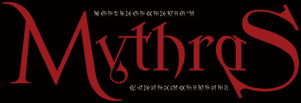| Notes |
Wild boars inhabit woods and forests in most temperate climates. The body of the wild boar is compact; the head is large, whilst the legs relatively short. A boar’s coat consists of stiff bristles and finer fur.
The colour varies from dark grey to black or brown, are there can be great regional differences in colour. Adult boars measure around 2m in length, and stand around 1m at the shoulder. Larger specimens are not uncommon. Males are equipped with large, sharp tusks used for foraging and fighting, and these tusks lend the boar its fearsome reputation. Boars are usually solitary animals outside of the breeding season.
All boars are aggressive when threatened, usually attempting to intimidate first, and then launch a powerful charge using the tusks to carve at their enemies. Sows with young will almost certainly attempt to defend their progeny from potential attack, and males can be highly territorial – especially if sows are nearby during the breeding season.
The animals are prized for their rich meat, strong, warm hide, and their tusks which make excellent trophies. Boar hunting, using hounds to track and flush the animals, is a widespread sport throughout most cultures, but a hazardous one. Large, powerful specimens can easily eviscerate unwary opponents, and whilst much of the challenge comes in facing these creatures with a longspear to receive a charge, hunter injuries and deaths are not uncommon.
Some species, such as goblins and orcs, raise boar as mounts, riding them into battle just as any other steed. A boar cavalry, tusks tipped with iron or even spikes or spines, is a terrifying sight. |

